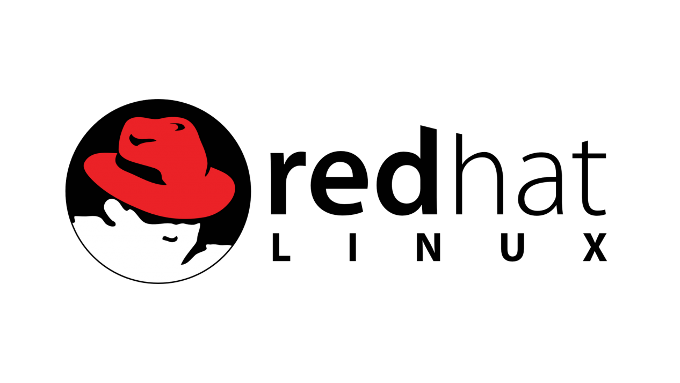
NetSuite and Red Hat Enterprise Linux (RHEL) are two distinct software solutions that serve different purposes in the realm of enterprise computing. Let’s compare these two based on their characteristics, functionalities, and use cases:
**1. Purpose and Functionality:
- NetSuite:
- Purpose: NetSuite is an integrated cloud-based business management suite offered by Oracle. It includes applications for enterprise resource planning (ERP), customer relationship management (CRM), e-commerce, and more.
- Functionality: NetSuite provides a comprehensive suite of business applications to manage various aspects of a business, including financials, human resources, inventory, and customer interactions. It is designed to streamline and automate business processes.
- Red Hat Enterprise Linux (RHEL):
- Purpose: RHEL is an enterprise-grade, open-source Linux operating system developed by Red Hat. It is designed to provide a stable, secure, and scalable platform for running enterprise applications.
- Functionality: RHEL serves as an operating system for servers, workstations, and other computing environments. It offers a robust foundation for hosting applications, databases, and services in a variety of industries.
2. Deployment Model:
- NetSuite:
- Deployment: NetSuite is a cloud-based solution, which means it is hosted on Oracle’s servers and accessed through web browsers. This allows for easy scalability, reduced infrastructure management, and accessibility from anywhere with an internet connection.
- Red Hat Enterprise Linux (RHEL):
- Deployment: RHEL can be deployed on physical servers, virtual machines, or in cloud environments. It provides flexibility in choosing deployment options, whether on-premises or in popular cloud platforms like AWS, Azure, or Google Cloud.
3. Target Users:
- NetSuite:
- Users: NetSuite is typically targeted at medium to large enterprises. It is suitable for businesses looking for an integrated cloud solution to manage various aspects of their operations, from financials to customer relationships.
- Red Hat Enterprise Linux (RHEL):
- Users: RHEL is suitable for a wide range of users, from small businesses to large enterprises. It is commonly used by organizations running mission-critical applications, servers, and workstations in various industries.
4. Integration and Customization:
- NetSuite:
- Integration: NetSuite offers integration capabilities with third-party applications and services. It has a SuiteCloud platform that allows users and developers to customize and extend the functionality of NetSuite through SuiteScript (JavaScript-based scripting language).
- Red Hat Enterprise Linux (RHEL):
- Integration: RHEL is known for its compatibility with a wide range of software and applications. It supports various programming languages and tools, making it easy to integrate with diverse software solutions and customize according to specific requirements.
5. Licensing and Cost:
- NetSuite:
- Licensing: NetSuite typically operates on a subscription-based licensing model, where users pay a recurring fee based on the modules and users they require.
- Red Hat Enterprise Linux (RHEL):
- Licensing: RHEL follows a subscription-based model as well. Users pay for subscriptions based on the level of support, number of servers, and additional features required.
6. Support and Maintenance:
- NetSuite:
- Support: NetSuite provides customer support as part of the subscription. Users can access online resources, documentation, and receive assistance from NetSuite’s support team.
- Red Hat Enterprise Linux (RHEL):
- Support: RHEL subscriptions include access to Red Hat’s support services, which include technical support, updates, and patches. Red Hat has a reputation for providing reliable support to its customers.
Conclusion:
In conclusion, NetSuite and Red Hat Enterprise Linux serve different purposes within the enterprise IT landscape. NetSuite is a cloud-based business management suite focusing on ERP and CRM, while Red Hat Enterprise Linux is an operating system designed for servers and workstations. The choice between them would depend on the specific needs and priorities of an organization, including whether they require comprehensive business management tools or a stable and scalable operating system for their computing infrastructure.